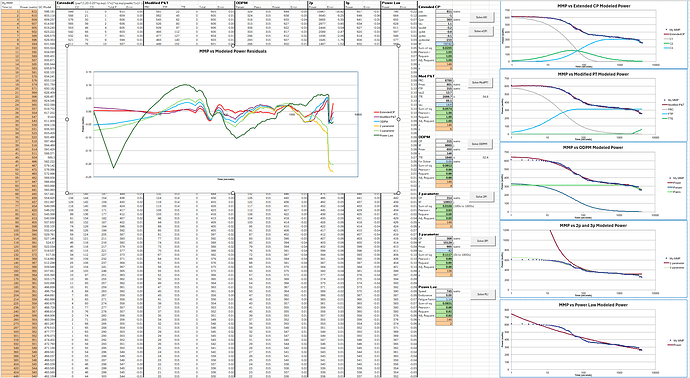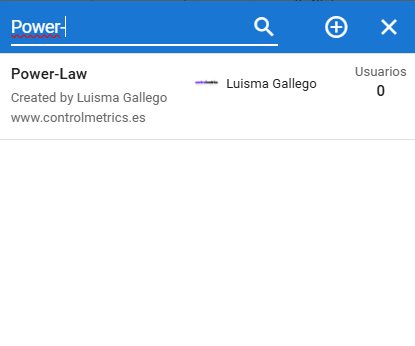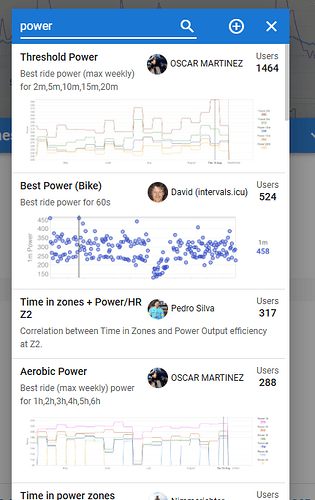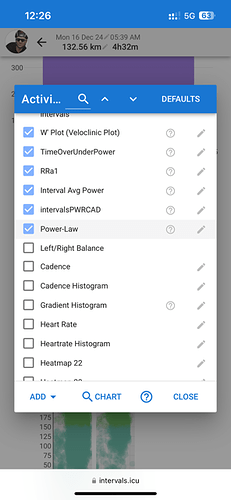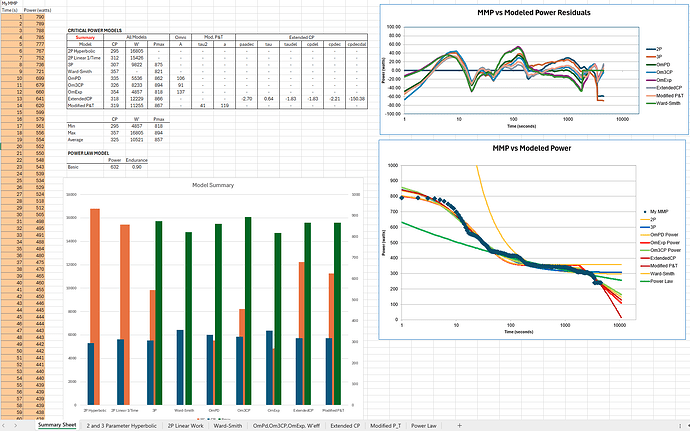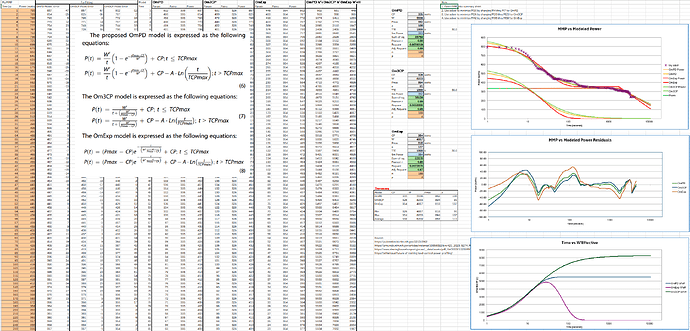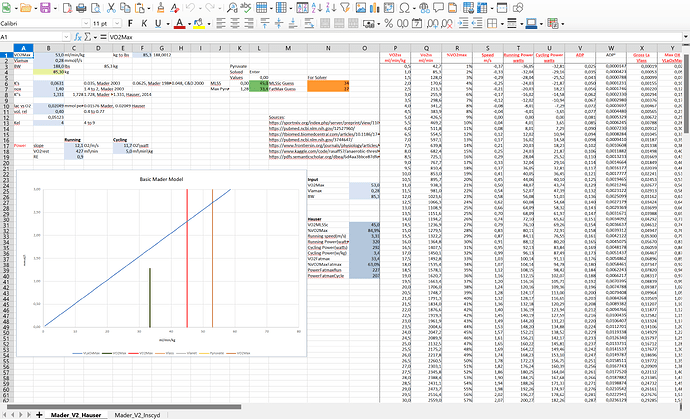Here’s another spreadsheet. Mader’s basic model
Its a very crude implementation the model from the 1986 paper. The sheet may have errors and I don’t have a bio/physio background, so consider this a simple numerical calculator, of sorts.
The main references are in the sheet. Hauser, 2014 and Mader, 1986.
I coded the sheet in LibreOffice Calc – it’s free and useful. There are some modifications you can make to have this in Excel (charting, VBA coding).
Input parameters
Not sure where vol. rel. comes from - if you look at Incsyd reports, Vol. rel. seems to be based on a calc using body characteristics (height, weight, body fat, etc.)
Seems K”s is adjusted based on VLaMax magnitude, high = 1.728, low = 1.331
Where to get VO2Max? – Watch estimate, ASCM formula, 5m Cycling power correlations, Software (WKO5, GC), other correlations (ramp test, Cooper test, etc.)
Where to get CP? – intervals, WKO5, GC, maybe TR (what model?). Use FTP also. Need good proxy for mlss.
How to estimate VLaMax? – Back-calculate. Use spreadsheet to iterate by varying VLaMax to find CP/FTP (mlss)
Fat and CHO correlations – I have no idea where they come from.
The sheet:
https://1drv.ms/x/c/7aaa504c5ba71805/EdeXFlTCYwZDgWGawN4E4coBsSXuAH8wK8GkM3wD5Nfaww?e=zvjNnL
A very quick video showing the basic operation:
https://1drv.ms/v/c/7aaa504c5ba71805/EQUYp1tMUKoggHq-zAAAAAABT6nWA3RvgGeVcVRNhmk6vg?e=srbfnA
A better explanation of the model can be found at the link I always share:

 1/10 https://t.co/lqJ8WfgdRe” / X
1/10 https://t.co/lqJ8WfgdRe” / X